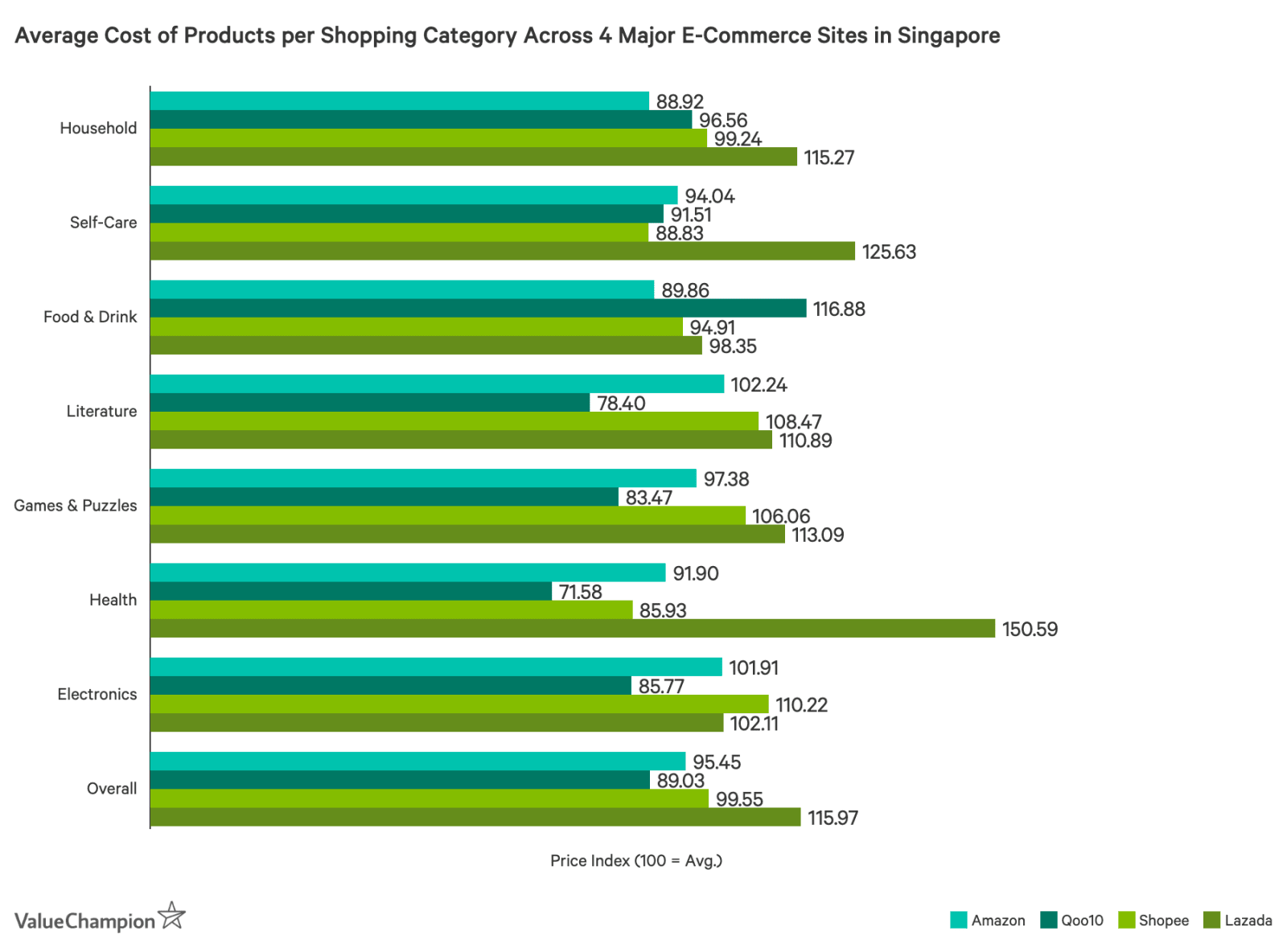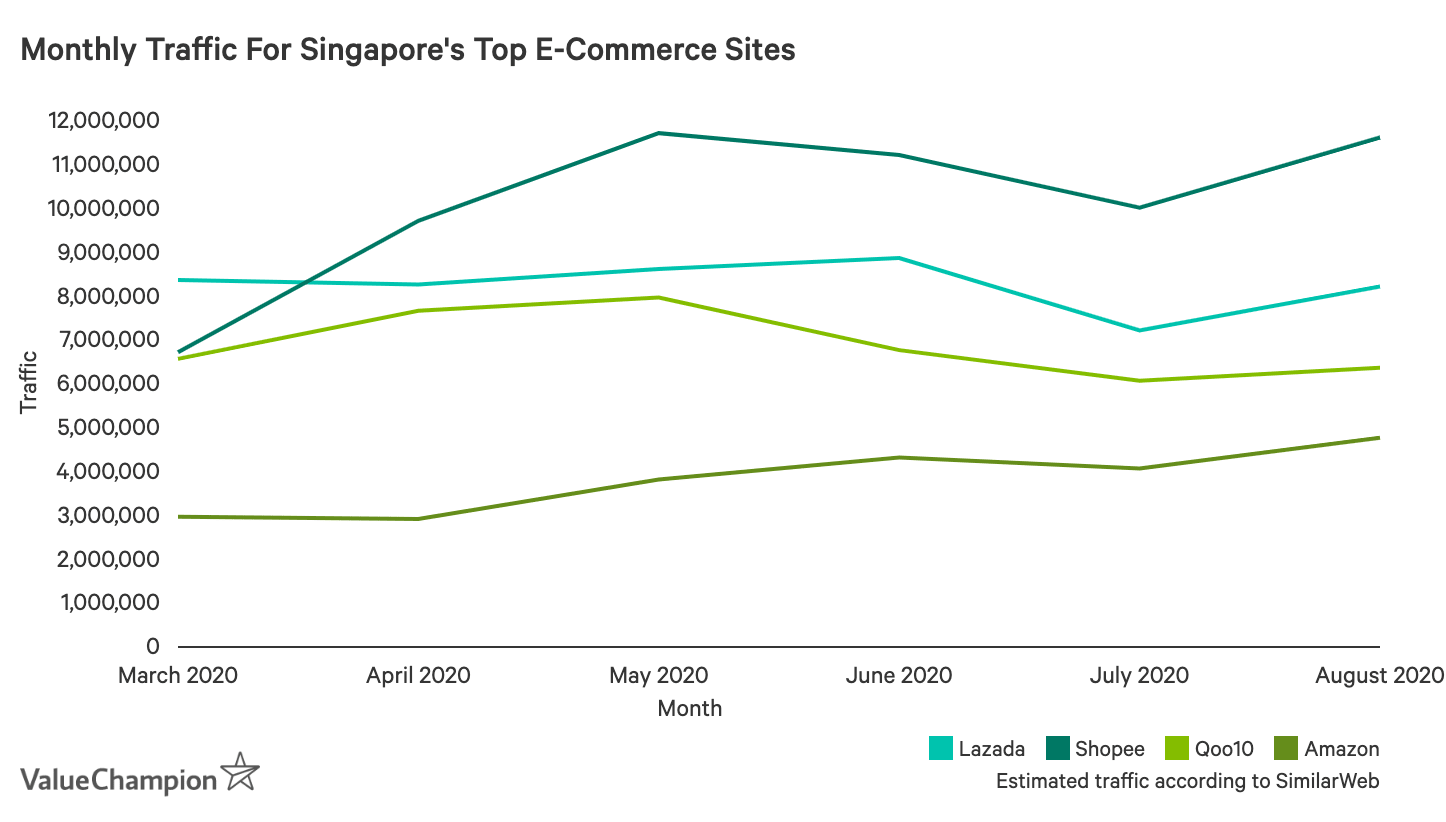
Singapore’s world-first face scan plan sparks privacy fears; From next year, millions of people living here will be able to access government agencies, banking services and other amenities with a quick face scan; Singapore is frequently accused of targeting government critics and taking a hard line on dissent, and activists are concerned about how the face scanning tech will be used. AFP
Singapore’s Nanofilm to raise up to US$375M in largest local IPO in years; Nanofilm would be the first local tech unicorn to list in the city-state; If successful, it would be the largest listing on the SGX; Nanofilm makes coating materials for smartphones, TVs and smartwatches among others. Reuters
How SEA’s states are tightening the screws on tech giants; Based on publicly available info and insights from industry experts, Big Tech can expect enhanced oversight from SEA regulators in the areas of data, content, tax and merger control; The effects of this greater scrutiny will be felt not just by Big Tech but by startups and investors as well. TechInAsia
Rethinking Telkom Group’s plan to invest in gojek; The state-owned telco’s investment will likely focus on the opportunity for the two companies to collaborate — gojek will gain benefits from Telkomsel’s 172M customers and vice versa; However, Telkom does not have a very bright history with managing digital businesses — several of its innovation had sunk with the latest being Blanja. e27
Singapore’s e-sports platform EVOS raises US$12M Series B; Investors include Korea Investment Partners, Mirae Asset, Woowa Brothers, Insignia; To date, EVOS claims to have worked with more than 150 brands and 400 gaming influencers, who earn US$30K-US$60K a month via the platform. e27
Thai point exchange platform ChomCHOB raises Series A from InVent; ChomCHOB is an app that collects points from credit/debit cards; Users have the option to convert all of their credit/debit card points into ChomChob reward points, which allows them to purchase different kinds of products and services. It claims to have over 500K merchants and claims to have about 2M user downloads. e27
TechCrunch founder’s VC firm Arrington XRP Capital leads US$3.7M in Persistence; The Singapore’s blockchain startup, founded by an ex-Golden Gate employee, is focussing on powering institutional DeFi/OpFi adoption; Persistence tokenises real-world assets and puts them on the blockchain and these assets can then be used by companies as collateral for acquiring loans. e27
Singapore e-motorcycle startup ION Mobility secures US$3.3M; Investors incude Monk’s Hill, 500 Durians; It plans to launch its first EV in 2021 in Indonesia, one of the biggest motorbike markets globally, with 2019 motorcycle sales at 6.38M units; ION is also set to expand its team and operations across Singapore, Jakarta and Shenzhen. e27
Thailand’s e-commerce fulfilment startup MyCloudFulfillment (MCF) raises US$2M funding; Backers are ECG-Research, Gobi, NVest, SCB 10X; MCF claims it recently passed milestones of over 100K SKUs in storage, 50K of maximum daily orders, US$16M worth of transactions during H1, 2020. e27
Indonesia’s Social Bella expands its beauty e-commerce biz into Vietnam; The expansion is through its e-commerce unit Sociolla; This comes shortly after it raised US$58M Series E from Temasek, Pavilion Capital, Jungle Ventures; Social Bella is estimated to serve around 30 million users in 2020. e27
Tencent is reportedly setting up its first Singapore office at JustCo; The WeChat owner will have almost 200 seats at JustCo’s co-working space in OCBC Centre East at Raffles Place; The deal paves the way for Tencent to make Singapore its beachhead for a push into SEA. The Straits Times
Vietnam’s mobile commerce is set to open up avenues for startups; The country ranks third in SEA in terms of the total sessions on shopping apps (Android), accounting for a whopping 19.5% of the region’s market share; Vietnam ranks only behind Indonesia and Thailand, missing the second place by only 0.2 billion sessions. e27
Here’s how to foster a culture of creativity within your company to attract creators; COVID-19 has only accelerated the importance of creativity in the workplace; Organisations are realising that creativity plays a role not only in successful marketing, communications, and R&D but also in maintaining a productive and engaged workforce during these unprecedented times. The Next Web
Are your influence skills ready for remote work?; Studies show it is difficult to influence people through digital interactions; One study, for example, looked at changes of opinion in response to differing info; When contrasting info was revealed in a f2f discussion, 38% of participants changed their mind; Conversely, only 10% did so when the info was revealed through an online discussion forum. e27
AI park will help Malaysia take the lead in digital future; Last year, G3 Global partnered China’s SenseTime Group and China Harbour Engineering to set up Malaysia’s first AI park, with a total investment of more than US$1B over the next 5 years; AI technology is expected to contribute some US$115B to Malaysia’s GDP by 2030. The Star
Are digital assets and blockchain poised to become mainstream in Singapore?; With government blockchain project ‘Project Ubin’ moving closer to commercialisation, Temasek’s involvement in Facebook’s Libra, Opencerts managing the digital certificates of 2020 local graduates and more businesses accepting Bitcoin as a way to transact, local businesses are feeling positive about the industry’s prospects going forward. Tech Coffee House
PoC to prototype to MVP: Software development 101 for early-stage tech startups; The purpose of PoC is to test a concept, product, or process basically to validate your assumptions as well as those of your potential customers; The prototype enables you to actually see how the product will operate in real life. It is the physical embodiment of the ideal concept. e27
Vietnamese tech firms export more 5G devices to the world; VinSmart has agreed to ship about 2M of its Vsmart 5G smartphones to the US this year; VinSmart has partnered with Qualcomm to launch 13 smartphones both in Vietnam as well as in Spain, Russia, and Myanmar; This July, it launched its first 5G-enabled smartphones, the VinSmart Aris series. Vietnam News
Vietnam’s vision and goals for a digital nation; As per a report, Vietnam’s digital economy was valued at US$12B in 2019; Over the past 5 years, its e-commerce market grew by over 25% per year and its digital economy is forecast to contribute 5% to its GDP and is expected to reach US$43B by 2025. Open Gov
‘Online-first’ habit boosts e-payments, cross-border trade, says PayPal; Shoppers in SEA are likely to remain cautious even after the pandemic is contained and are also inclined to lean on contactless means for their needs, PayPal Senior Director and Head of Sales (SEA) Rajkishore Agrawal said. ABS-CBN News
B2B distributors look at a digital future beyond COVID-19; The pandemic has permanently shifted more business buyer behaviour online and accelerated the growth of B2B e-commerce; COVID-19 also is accelerating the rate at which B2B organizations of all sizes will purchase online in 2021. Digital Commerce 360
Leaders advance digital investments to future-proof from disruptions; A survey says despite ongoing economic pressures, only 22% of the 100 local business leaders surveyed said that they plan to reduce their digital transformation budgets, whilst 1 in 3 kept their budgets unchanged; Amongst industries, the banking sector was most likely to be in-sourcing its digital initiatives, with 61% indicating so. Singapore Business Review
Open banking is a bigger disruption force to incumbents then digital banks, says DBS; Open banking will allow consumers to aggregate their banking, insurance and investment info across banks and financial institutions on a single platform, allowing for easier comparability and higher level of competitiveness in the banking industry. Fintech News
How Indonesia is developing Sharia fintech; Sharia FinTech platforms continue to provide common services like crowdfunding and P2P lending, with some differences: borrowers share investment profits and losses with their lenders; money is only invested in Halal projects; and investors are encouraged to help low-income groups. Gov Insider
Indonesia’s Ministry of Industry launches Startup4industry 2020; The overarching theme of Startup4industry 2020 is ‘Indonesia Is Confident in Domestic Technology’; Utilising modern tech, the initiative has two main aims: positive social impact on citizens and mitigating the impact of the pandemic in the industrial sector. Open Gov
—
Image Credit: Unsplash
The post Ecosystem Roundup: Nanofilm plans to raise up to US$375M via IPO on SGX; Singapore’s face scan plan sparks privacy fears appeared first on e27.



 –
–






